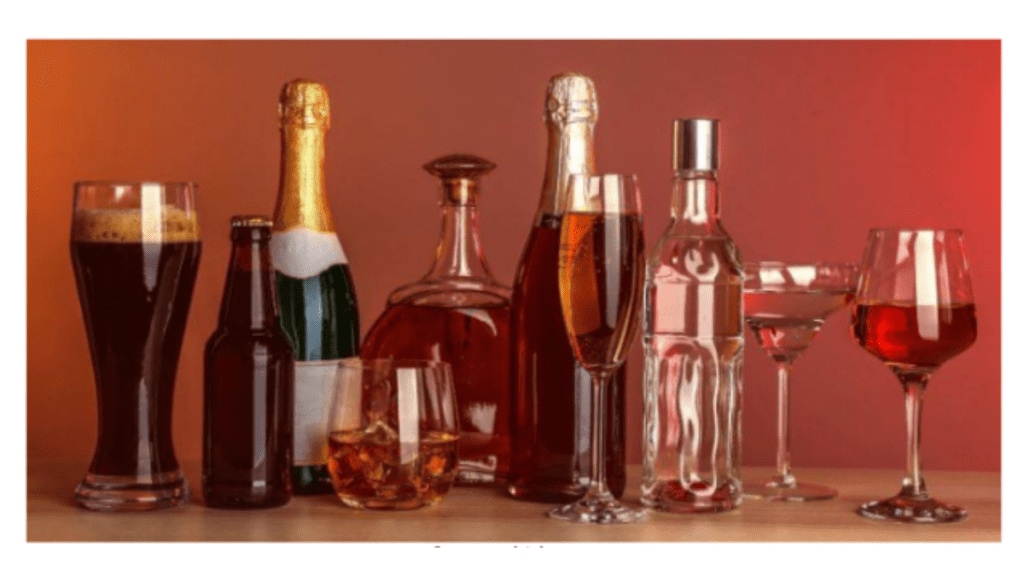The alcohol sector is thought to be a ‘rising star’ because of its robust development prospects and expanding social acceptance. One of the most unique aspects of the alcohol market in India is its vastness and diversity. A wide range of alcoholic beverages, including beer, wine, gin, whisky, rum, vodka and native mixes unique to particular regions of the world, are included in the category of spirits. A report by Infomerics Ratings stated that the sales of alcoholic beverages (Alco-Bev) in the nation are likely to rise by 7 per cent compound annual growth rate (CAGR) in the next ten years. In 2023, the size of the Alco-Bev market was about US$ 55 billion in India against US$ 52.4 billion in 2021.
According to International Labour Organization (ILO) estimates, 30.7 per cent of the labour force is employed in the services sector. Over 600 million people in India are between the ages of 18 and 35. The demographic dividend in India is predicted to last at least 30 years and peak in 2041, i.e., when the proportion of the working-age population (20–59 years) is predicted to reach 59 per cent. It is a golden opportunity for India to reap the benefits, further indicating an ideal environment for the liquor market. Currently, 33 per cent of the Indian population is of drinking age.
Who consumes more?
Karnataka, Maharashtra, West Bengal, Odisha, Telangana, Delhi, Haryana, Punjab, are amongst the largest consuming states for liquor in India ,as per Infomerics Ratings report. The report further highlighted that out of home consumption of liquor recovered during FY23 as FY23 was the first year without any restrictions, which came in the wake of the pandemic.
Interestingly, the consumption of beer more than doubled to 1,134 thousand kiloliters during FY23 from 776 thousand kiloliters consumed in FY22. The consumption of spirits also surged from 550 thousand kiloliters in FY22 to 644 thousand kiloliters in FY23. An astounding 92 per cent of all alcohol consumption in India in 2021 was through spirits, making India a spirit loving nation. In value, the spirits segment is anticipated to reach a total of US$ 50 billion in the next ten years.
However, another survey by Statista revealed that the northeast and eastern regions of India had higher alcohol consumption rates for both men and women. Both the southern and northern regions of the country have high rates of male alcohol use. Male alcohol consumption was also prevalent in both the southern and northern parts of the nation. Telangana and other northeastern states showed high rates of female alcohol use compared to the national average.
IMFL v/s IMIL
Indian made foreign liquor (IMFL) encompasses a wide range of alcoholic beverages such as whiskey, brandy, rum, gin, tequila, vodka, to name a few. Sales of IMFL rose by 14 per cent in volume in FY 2022-23 while premium products priced over Rs 1,000 per 750 ml bottle grew by 48 per cent.
In FY23, whisky remained the largest segment with an expected sales volume of 243 million cases, contributing to 63 per cent of industry sales. As liquor imports multiplied 12 times in the past decade, the share of whiskies in India’s total consumable alcohol imports increased from 44.3 per cent to 63 per cent in the FY23 while the share of Gin increased from 0.5 per cent to 2.5 per cent in the same period.
On the other hand, Indian made India liquor (IMIL) are locally produced regional liquor, mostly consumed by masses. For instance, Toddy and Feni are the most widely consumed indigenous liquor in southern regions of India.
Towards premiumisation
Due to increased international travel, growing expectations, an enabling atmosphere for imported alcohol, and more disposable wealth, Indian consumers are now shifting to more premium categories. The increased acceptance of grain-based alcohol over the more conventional molasses-based liquor is another trend in the Alco-Bev industry, stated the report.
Per market data forecasts from International Wine & Spirit Research (IWSR), premium-and-above blended Scotch volumes are predicted to grow at a CAGR of 13 per cent between 2022-2027, and premium-plus malt Scotch at a 19 per cent CAGR. Further, according to the data from the Confederation of Indian Alcoholic Beverage Companies (CIABC), the spirits priced above Rs 1,000 have grown at a pace of 48 per cent YoY in FY23, compared to just 12 per cent for the less-than- Rs 500 segment of spirits. In the Rs 1,000 + category, Indian offerings’ share jumped from 18 per cent in FY22 to 20 per cent in FY23, showing a growth for Indian premium brands.

